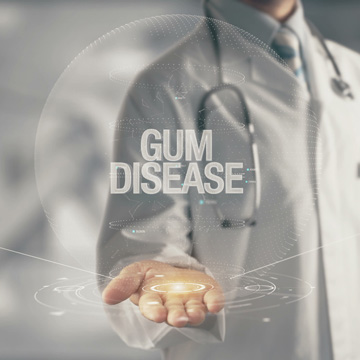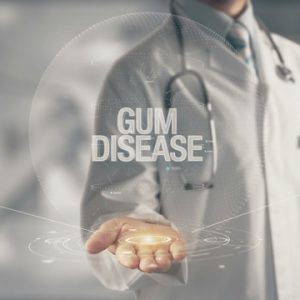
 San Francisco, Marin, and Oakland, CA
San Francisco, Marin, and Oakland, CA
Did you know that half of the adults in the U.S. have gum disease? It’s the number one cause of tooth loss among adults. This common oral disease can be transmitted through kissing or sharing eating utensils. Even more startling is that gum disease has been linked to an increase in heart disease, stroke, diabetes, and cognitive decline, according to studies. Now that we have your attention, you need to know how to tell if you have gum disease, understand its stages, and learn about treatment options. Today on the blog, our Bay Area dentists at Glen Park Dental share the deets about the three stages of gum disease.
Stage One: Gingivitis
The first stage of gum disease is gingivitis, which many people have and don’t know it. It presents symptoms like swollen, red, or tender gums that bleed easily. It usually begins from a lack of sufficient oral hygiene, such as not brushing often enough each day, not flossing, or avoiding the dentist for routine checkups and cleanings. The good news, however, is that gingivitis is reversible and typically doesn’t cause any permanent damage at this stage. One of the biggest measures you can take if you have gingivitis is to commit to the big three, that’s brushing twice a day for two minutes, flossing daily, and going to the dentist for your six-month cleanings and checkups.
Step Two: Periodontitis
If ignored, gingivitis will eventually turn into periodontitis. At this stage, permanent damage occurs to your gums, jawbone, and teeth. Oral bacterial harbored between your teeth and under the gumline (that is cleaned when you floss) begin eroding the jawbone, resulting in teeth that appear longer, shrinking gums, and foul-smelling breath. You may not notice these changes at first, as the gums and jawbone diminish only millimeters at a time. At this point, periodontitis should be taken seriously and treated with professional dental treatments. Periodontitis may affect only certain teeth at first, although it can spread to any or all of your teeth.
Step Three: Advanced Periodontitis
Continuing to neglect your oral health results in advanced periodontitis. Its primary symptoms are loose teeth, bad breath, sore gums, receding gums, and tooth loss. While advanced periodontitis still can be treated and managed with professional care, tooth loss is more likely during this stage. Additionally, significant jawbone loss that occurs in advanced cases of periodontitis may make wearing dentures more difficult or eliminate the possibility of getting dental implants to restore your teeth.
How is gum disease treated?
Initially, gingivitis can be treated by adapting to a rigorous regimen of oral hygiene, as mentioned above. Regardless of the state of your oral health, everyone should commit to visiting their Bay Area general dentist for six-month checkups. If you are dealing with periodontitis, dental deep cleanings (sometimes necessary up to four times a year), topical medication, or laser gum surgery may be necessary to manage your gum disease. Professional application of either Atridox or Arestin, which are topical antibiotics proven to attack harmful bacteria that cause gum disease, may prove beneficial in treating your gum disease. The best treatment for your case of gum disease will depend on your oral health needs. It’s best to consult with a general dentist in San Francisco to find out which treatment option is right for you.
Gum Disease Treatment in Bay Area
If you believe that you have gum disease, or want to learn more about ways to manage gum disease, contact Glen Park Dental by calling (415) 585-1500. Our practice is located in the Bay Area, convenient to San Francisco, Marin, and Oakland residents.


